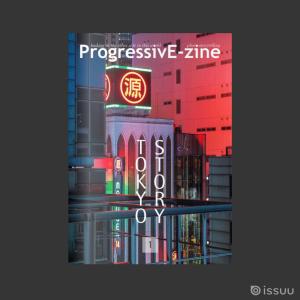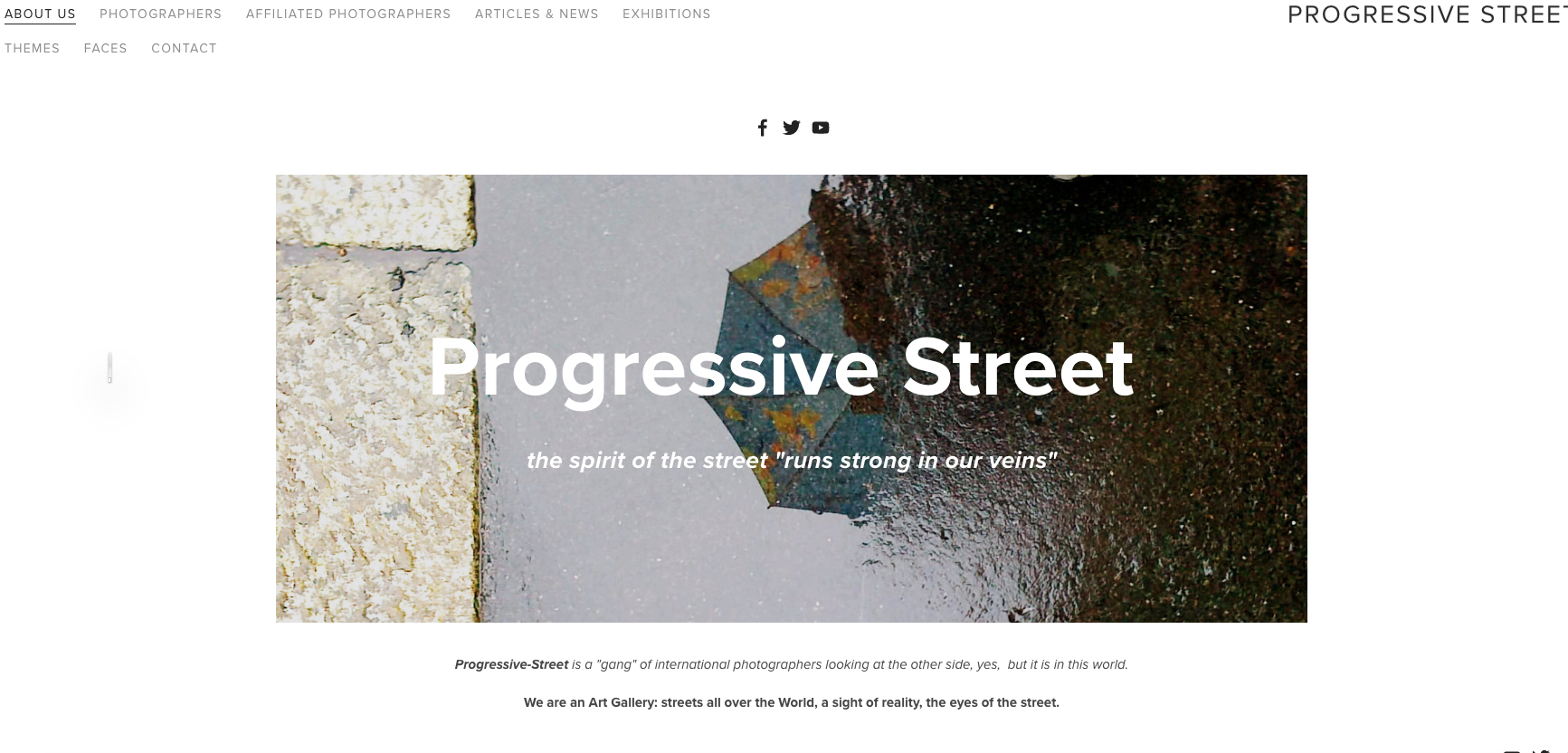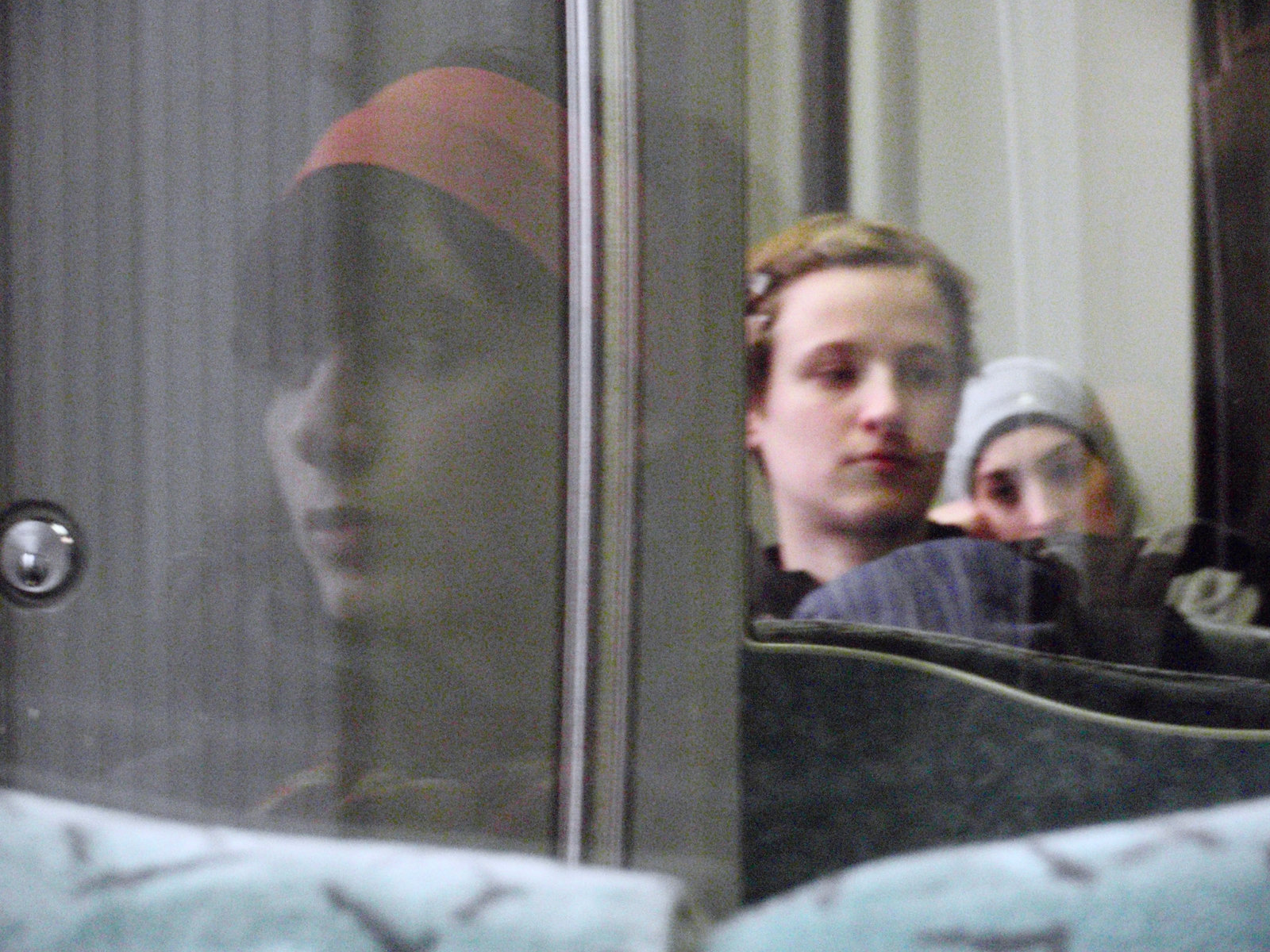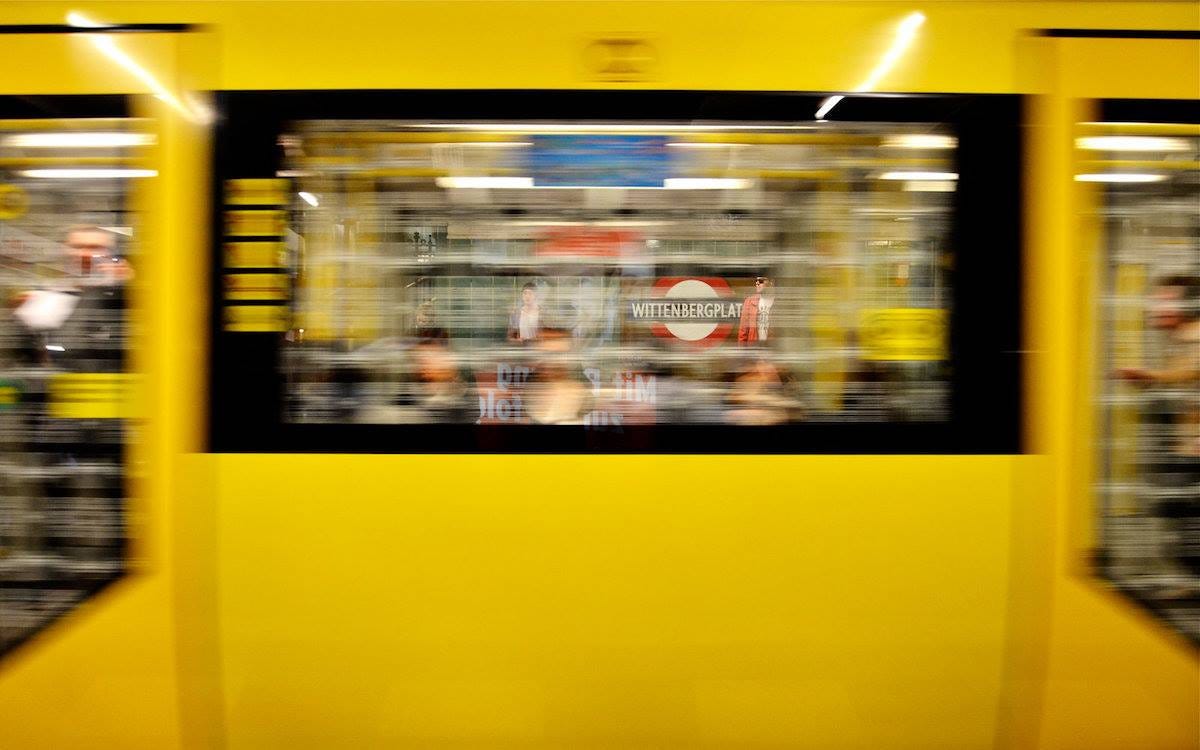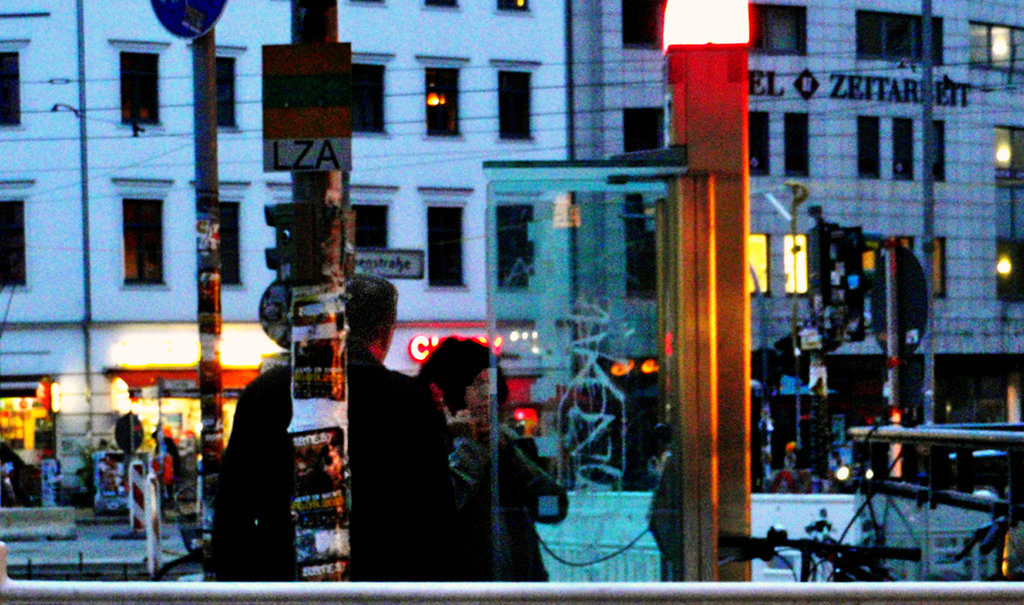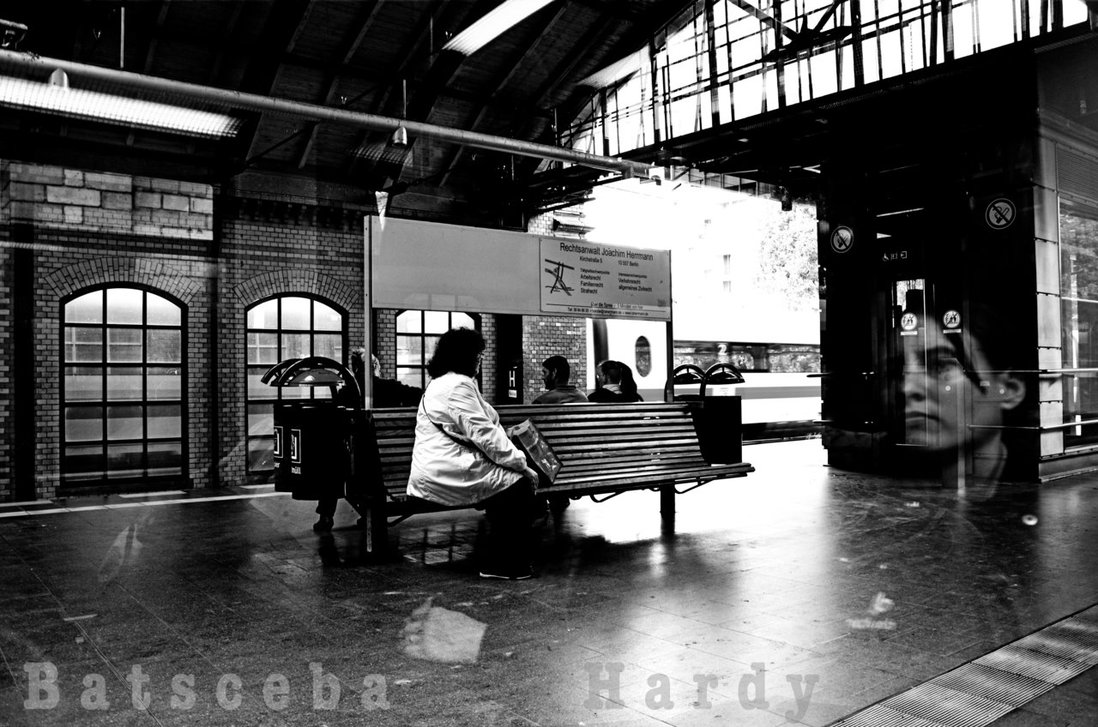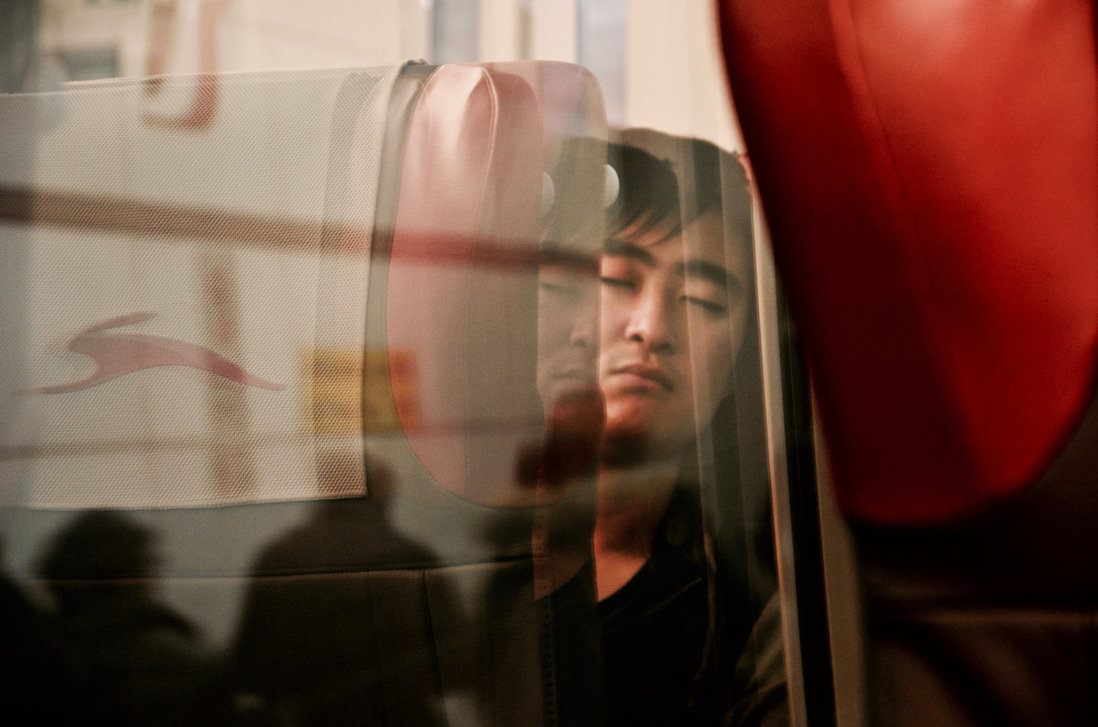ProgressivE-zine
Loneliness belongs to the Photographers
I don't think I'm essentially a street photographer. I guess Photography is just the way for me to express how I see things. It has something to do with a philosophical approach to reality. I have always had this way of observing reality, dwelling on details, on scenes that tell me something.
Early on in my life, I felt inspired by what was around me. Eventually, I got into street photography. It was a slow process. And this happened in a city that was not my hometown, where my view got released from all the parameters and preconceptions that you naturally develop in known places. What I perceived in that new urban landscape and became the ghost I kept freezing everywhere and in everyone’s face with my shots was an intense feeling of loneliness. As a photographer, I am already used to entering the world of loneliness because I must be able to become invisible. So I found myself breathing in my own loneliness and the solitude of those around me.
It is the distance between the photographer and the rest of the people that allows the photographer to notice what is overlooked and under-loved. I found this particular statement that confirms my thoughts: "...if love belongs to the poet, and fear to the novelist, then loneliness belongs to the photographer. To be a photographer is to willingly enter the world of the lonely because it is an artistic exercise in invisibility." - Hanya Yanagihara, Loneliness Belongs to the Photographer, The New Yorker.
The photographer feels and represents the loneliness of humanity.
This society is turning us into monads... and Street photographers are those who daily tell us about the loneliness of mankind through their shots. And that’s why words are superfluous in this realm. Only by looking at photographs we can understand this.
I don't think I'm essentially a street photographer.
I guess to me photography is my way to communicate my way of seeing.
It has something to do with a philosophical approach to reality.
I always had this way of observing reality, dwelling on details, on scenes that tell me something.
Early on I was inspired by what was around me. Slowly, I picked street photography.
Curiosity to see what my mind has seen? A purpose of observing without feeling curious?
I don’t know and I don't care. Here I am.
["i am what I imagine. my very existence consists in my imagination of myself" = I am what I photograph]
Life is a reflection
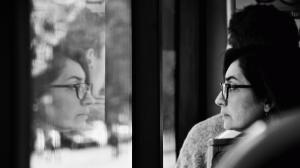
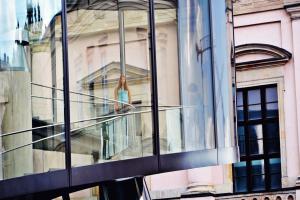
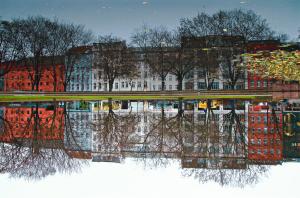
Click
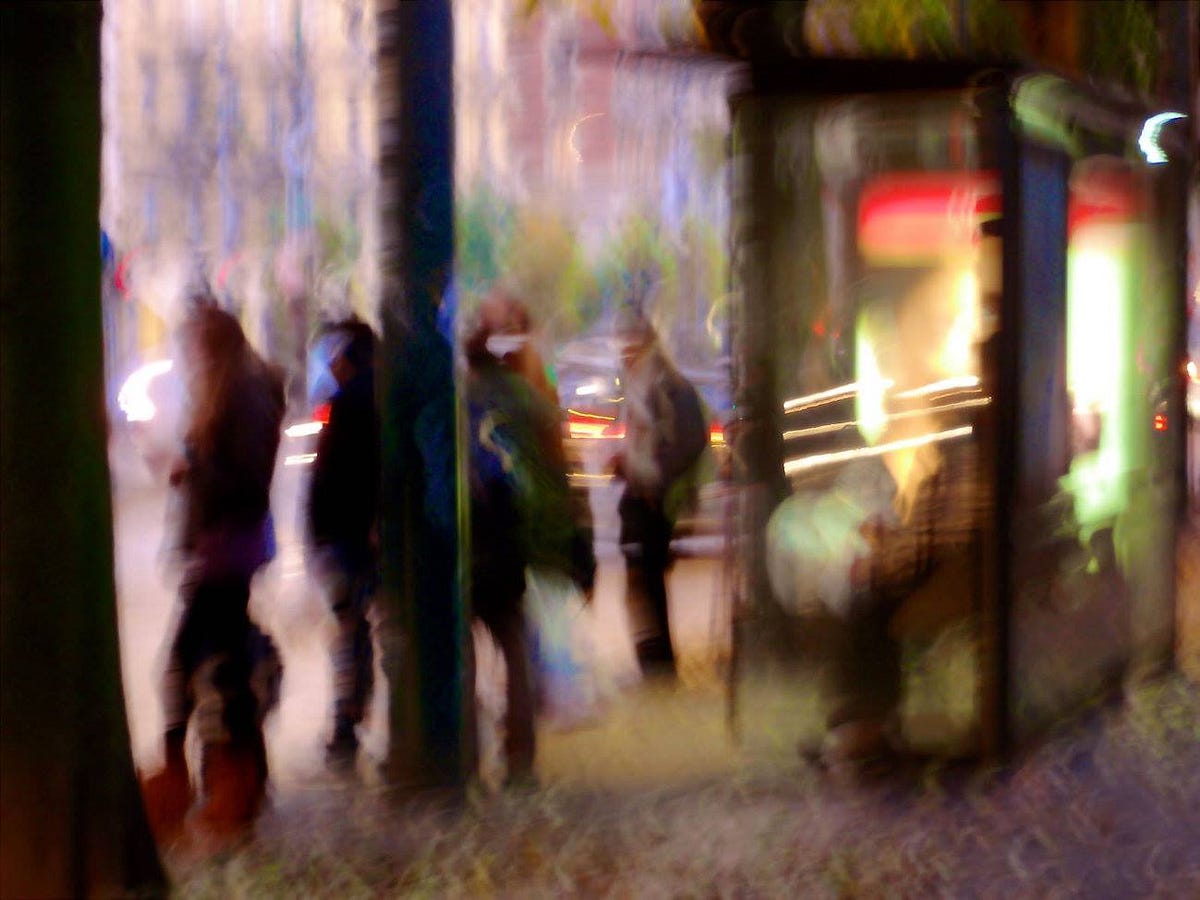
City in motion
_____________
marketing advertising consumerism
Image has plasticized reality into a daily reality show.
and then there are those - still a product of the collective communication -
who create shadows and ghosts in a dark dance,
in an attempt to find the soul, or, I’d rather say, to give back to reality its soul.
but that’s still there. visible only to those who see it. to those who are
Batsceba Hardy
marketing pubblicità consumismo
l'immagine ha plastificato la realtà in un reality quotidiano.
e poi ci sono gli altri, sempre figli della comunicazione collettiva,
che creano ombre e fantasmi in un balletto dark,
nel tentativo di trovarne l'anima, di più, di ridare l'anima alla realtà.
ma quella resta lì. visibile solo a chi la vede. a chi è
Batsceba Hardy
____________________________________________________________
'Cause I'm not a real street photographer: yesterday, as I was waiting for someone, with my nikon hanging around my neck, I started to take a look around. And that's how I got it. I'm a photographer of the wait. I don't look for shots. I find them in the pauses. That's why I love to take pictures in the subway, in bars: because I wait for the right shot, I don't look for it. All in all, it perfectly fits with my being. I'm motionless, it's life that changes me, my colour, my age.
perché non sono una vera fotografa di strada: ieri, aspettando una persona, con la mia nikon al collo, ho cominciato a guardarmi attorno. ed è così che ho capito. io sono una fotografa dell'attesa. non cerco gli scatti. li trovo nelle pause. per questo amo fotografare nella metropolitana, nei bar: perché aspetto lo scatto, non lo cerco. ma in fondo combacia perfettamente con il mio essere. io sono immobile, è la vita che mi trasforma, colora, invecchia.
The difference between the “waiting photographer” and the “stalking” photographer: one tells the reality of a moment, the other manipulates conceptually the reality.
One gives the possibility to reality to go somewhere else, the other freezes it.
La differenza fra fotografo dell'attesa e fotografo dell'appostamento: il primo racconta la realtà di un istante, il secondo manipola concettualmente la realtà.
Il primo dà la possibilità alla realtà di andare da un'altra parte, il secondo raggela la realtà.
I guess "conceptual" is not appropriate to street photography
It is like trying to tell a fairy tale to a child having the hiccups
credo che il concettuale non si addica alla fotografia di strada
è come voler raccontare una fiaba a un bambino avendo il singhiozzo
click on the image
Lately, Street Photography is struggling (like all forms of expression) in search of new ways to explore, a little anxiously, without understanding that everything has already been said and done, and that we are living in the “future” but we are not mentally prepared for it.
We need to use new technology, with great simplicity, just like David Hockney.
www.telegraph.co.uk/culture/cu…
Looking at the results achieved by this artist, you come to realize that everyone can use new technology, but not everyone can use it "artistically". But that's not what I wanted to talk about ... let's go back to the Street.
As administrator of two groups of Street Photography on Deviantart I've noticed that, lately, sociological images no longer interest people, in fact it seems that photographing harsh realities (dirty and sad) is "annoying". Photographers are rather keen to explore the use of decorative style.
We always talk about wanting to "tell" possible stories but actually we "freeze" only concepts, stylish games: shadows and colours chasing each other.
That's no more Street Photography. That's Graphic Street, Conceptual Street, Shadow Street and not least Ghost Street, with photographers often waiting ages for the ultimate shot, sometimes even creating the premises for it to happen. And then there is the tendency to super colourful (Hipstamatic...). Sometimes shots are fun, often the human element matters little. And anyway, they are beautiful photos.
(There were already such forms at the time of analogue photography perhaps less plastic.)
My approach to street is narrative. I shutter when I think I see something magical in the reality in front of me. Something that I should imagine, but that I would like to communicate to others, too. I am satisfied with one click when it manages to tell a little bit more than what you see at first glance. Sure, the desire to show something more than mere reality it's basic for street photography. But ... for me it's the “magic”, the “imagination”, that triggers my photography. And this “magic” can be as sad as cheerful ...
Of course then there is photography that represents life. But that's another thing ...
Where did Photography was born? In the city. Urban framings have always been the essence of Photography, from the very beginning up until now.
No wonder then that Batsceba Hardy chose to dedicate part of her work as a photographer to the exploration of Berlin, the city among the cities, that probably, historically speaking, embodies the most the eternal fracture between what's possible and what is not, what has been and what will be.
This series of photographs must be viewed in the first place as a tribute to Berlin and its inhabitants, the tourists and invisible ghosts who fill up the coffee shops and the parks at every hour of the day, or walk down the lanes, or are just caught sitting on the Underground train heading to unknown places.
The photographer -- who is also a foreigner -- acts like an invisible spectator: she catches instants and weaves them together like Penelope did, creating thus a cloth of moods and feelings, expressions and moves, nuances and colors, in the attempt of guessing what the thoughts of those around her may be.
Faces reflected in windows, children and old people, parents and singles: all kind of human beings mingled together in the crucible of urban life.
click on the image
_________________________________________
